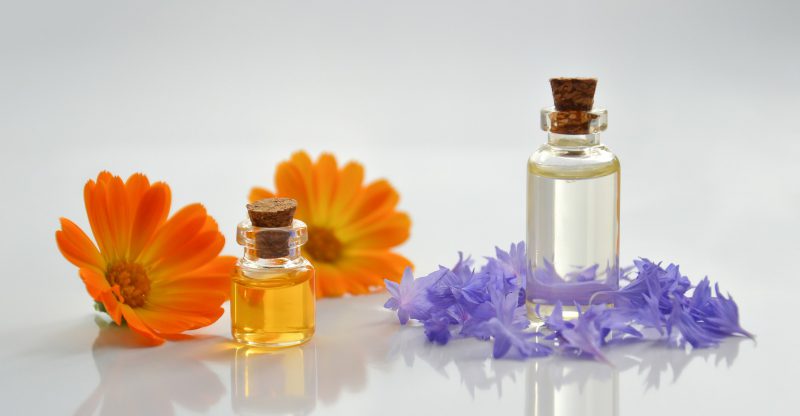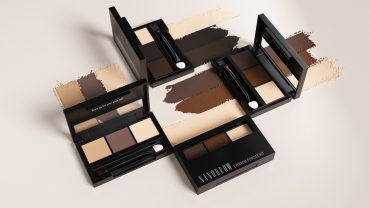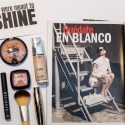Which hair oil is the best? See what rules to follow when choosing oils for your hair
A lot has already been said about the numerous benefits of hair oiling. So what, if a mismatched oil can discourage us from further using and draw away from the aim. You need to be reasonable when it comes to proper hair care – thus, it is recommended that you match the oil to the type of your hair. Is there anything else, equally important?
Regular and accurate hair oiling is the best means for making your dreams of beautiful, long and shiny hair come true. Every natural oil contains a plentitude of vitamins, minerals, antioxidants, fatty acids that are essential for hair. Is it enough just to apply oil to the hair? Unfortunately, not. Inappropriately matched or misused oil will not deliver precious substances, and in some cases, it can even harm the hair.
What’s the best oil for hair?
There is no single, ideal oil that will be suitable for everyone. Don’t worry, among hundreds of oils available on the market and used in the cosmetic industry, there is the one that will be best for your hair. However, it will not necessarily b the same one that your friend or a favourite blogger recommends. How to match oil to the hair type? It is worth following two aspects:
– hair type
A different set of oils will be suitable for skin and weak hair care and there are others, recommended for damaged hair. The best indicator that has the influence on the hair condition is its porosity. You can distinguish low porosity hair, medium porosity hair and high porosity hair. The lower the porosity the healthier the hair. And the other way around. Damaged hair has higher porosity.
Furthermore, if your hair is healthy, you can go for oils with smaller particles, with saturated fatty acids, of buttery consistency that work mainly on the surface. On the other hand, damaged hair will benefit more from penetrating oils with larger particles, omega acids and the ability to regenerate the hair. You can follow the guidance.
For low porosity hair – coconut butter, palm butter, coconut oil, mango oil,
For medium porosity hair – sunflower oil, olive oil, jojoba oil,
For high porosity hair – argan oil, evening primrose oil, cottonseed oil,
– method of hair oiling
It is also worth taking into account what method we plan to use to apply the oil. You can allow ourselves to use thicker, richer oils if you decided to perform wet hair oiling, overnight hair oiling or hot oil treatment. The fact the oils leave the hair greasy is not a problem since we have to wash it out after the treatment. However, if you are planning to apply oils after shampooing, for instance, make styling easier, to protect the ends or to increase shine, it is better to reach for lighter oils, such as: macadamia oil, marula oil, almond oil or jojoba oil.





